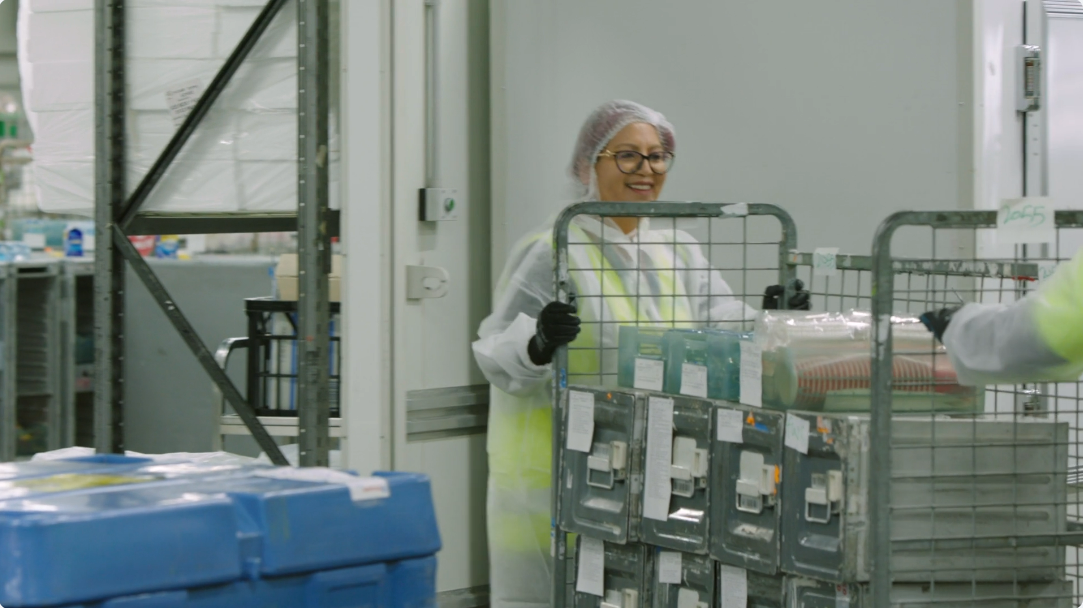Discover your next
opportunity today!
Search our latest jobs!
Discover your next
opportunity today!
Search our latest jobs!
Are you an employer looking for staff?
We get people
Chandler Macleod is one of the region’s largest recruitment agencies, so we know quite a bit about what it takes to recruit, select, and retain the best people. This is who we are.
We’re in the business of understanding how people tick.
We’ve been digging deep into people’s needs and motivations since 1959. Matching candidates to jobs that bring out their best. Discovering people that can make businesses boom. We’re a team of flexible thinkers and detail obsessors who believe that the right fit can lead to a happier life. Because when you really get people, you really open up a world of opportunity.
We are Chandler Macleod. We get people.
Reconciliation Action Plan
Our RAP was developed internally with the support of a guiding hand from Reconciliation Australia. It will act as our compass as we consciously navigate creating change within our industry.
Chandler Macleod (part of RGF Staffing ANZ) believes that every person, team and organisation has potential, and we know we are in a unique position to help unleash it.
The RGF Staffing ANZ Innovate Reconciliation Action Plan is our first step to embedding organisational respect for Aboriginal and Torres Strait Islander Australians.
From the blog
How can we help
Making a difference
At the core of our service is a desire to make a positive impact in the lives of candidates and contractors. We strive to improve our experience from job searching, onboarding, placement and beyond. Partnering with the Government and other leading organisations to provide the best opportunities.
Want to join the
Chandler Macleod Team?
As part of the Chandler Macleod team you will find a rewarding career, by having direct impact on People’s lives through their employment. Working with amazing programs like Solid Start or No Glass ceiling initiatives, which aims to to help those that need it most. With best in class platforms, and a best in class team, we aim to give you the best in class career experience at Chandler Macleod.
Our specialties
Our specialties
Advice
More from us
Chandler Macleod acknowledges the Traditional Owners of Country. We pay our respects to the Aboriginal and Torres Strait Islander cultures, and to elders past and present, whose land we stand upon today.
© Chandler Macleod 2023 All rights reserved Sitemap









